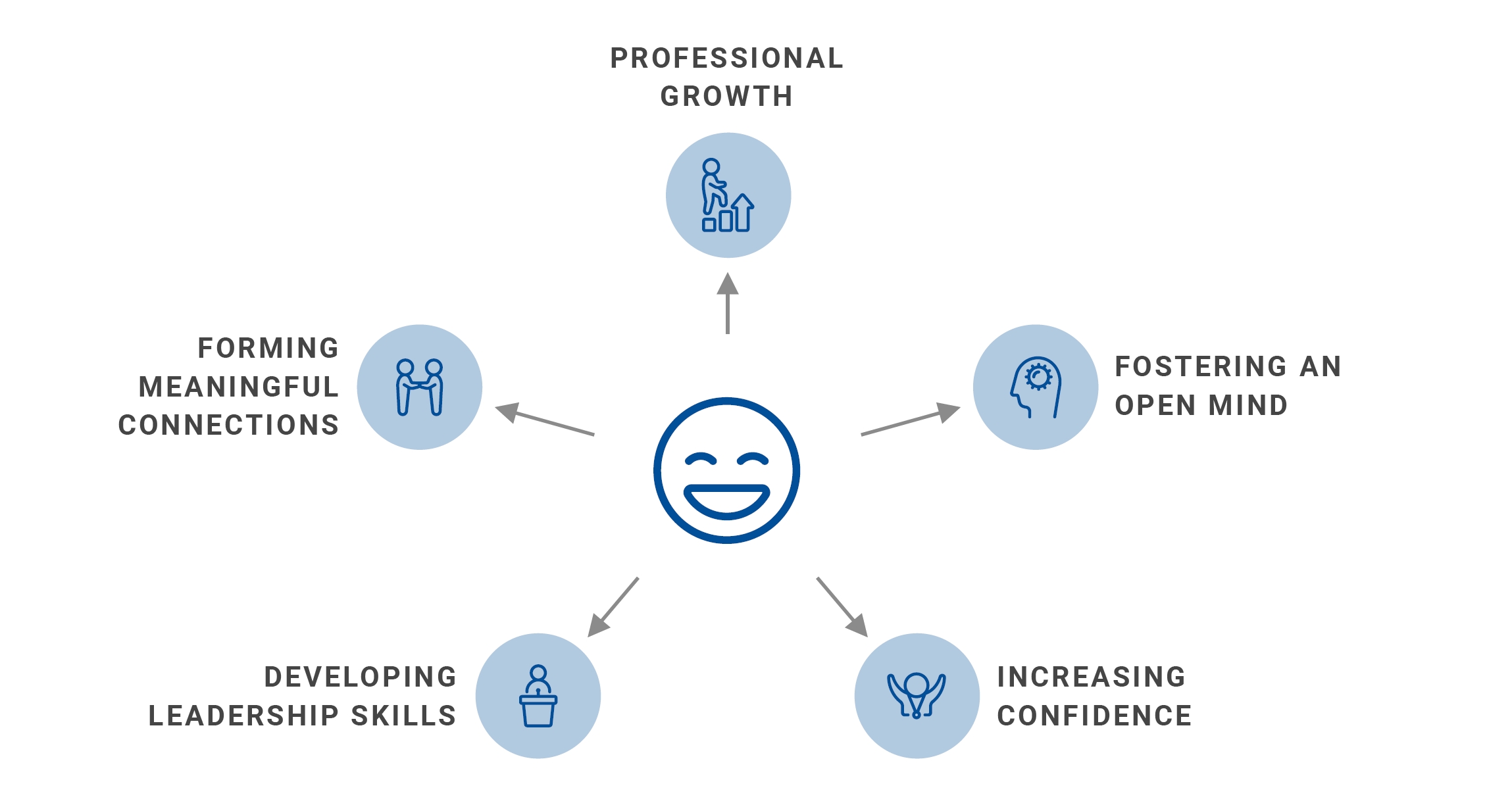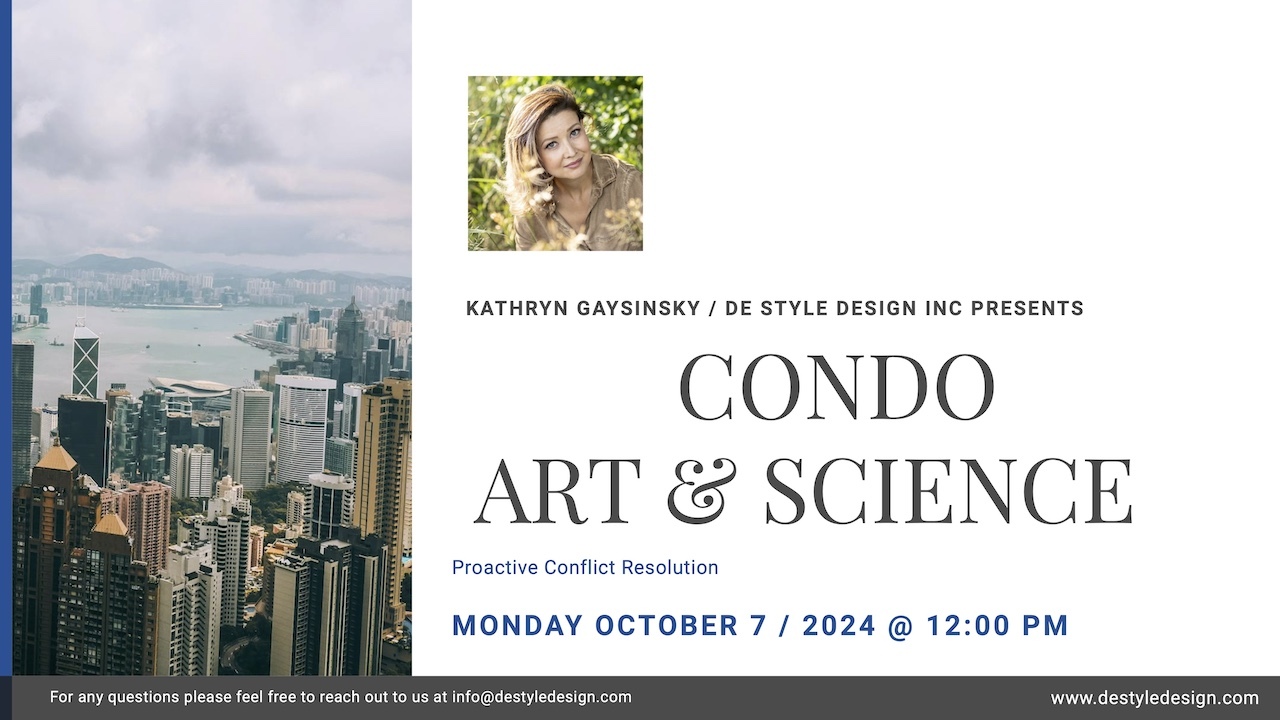Brief information from the webinar
Summary of topics:
- introduction - why conflict resolution?
- conflict - what is it?
- why conflict occurs?
- conflict resolution seven strategies
- so what is "proactive conflict resolution"?
- a bit of legalese (not a legal advice)
- how success looks like
- q&a - what conflicts are you dealing with?
Why conflict resolution?
- conflicts are inevitable (especially in an industry requiring precise tangible deliverables)
- conflicts are intimidating (engaging in a conflict has most people in a frenzy)
- unresolved conflicts have serious consequences (emotional / financial / personal)
Typical stakeholders in a project:
- the corporation (client)
- the consultant (desinger)
- the general contractor (builder)
- the community (owners of the building)
Why conflicts occur?
- resources (money / time scarcity typically applies added pressure on the parties that may result in failure to achieve the set goals)
- differing viewpoints (different backgrounds / work ethics / experiences are projected onto any required interaction may result in friction)
- lack of information (when there is no clear definition of roles / responsibilities / scope "blurred lines" may cause disputes)
- expectations (when expectations and benchmarks for acceptable deliverable are not clearly defined disputes may lead to conflict)

Conflict Resolution Strategies:
VERBAL COMMUNICATION
NON-VERBAL COMMUNICATION
MANAGING EMOTIONS
PERSUASION AND NEGOTIATION
VERBAL COMMUNICATION
- Tone
- Select proper words for the audience
- Ability to Actively listen - focus on dialogue
- Clear concise speech
NON-VERBAL COMMUNICATION
- Body Language - Posture / "Mirroring"
- Eye Contact
- Position in the Room
- Self awareness.
- Consistency with verbal communication cues.
MANAGING EMOTIONS
- Self Awareness of your emotional state during dispute.
- What disposition you bring to the discussion.
- Control of your Emotions even in a heated debate.
- Know your strengths / weaknesses and beliefs.
- Know how others perceive you
PERSUASION AND NEGOTIATION
- How to change people's mind through Persuasion (looking at it from your framework)
- How to come to a mutually acceptable agreement (compromise). Need to understand the other persons position.
Ability to foresee and mitigate a potential conflict is achieved with:
- EXPERIENCE (The more you deal with conflicts the easier it may become.)
- CLEAR COMMUNICATION (Transparency and Clarity will mitigate a lot of misunderstanding)
- ESTABLISHING BENCHMARKS (Setting clear expectations of deliverables using written communication / examples / photos / schedules / mock ups and samples.)
- MANAGING EXPECTATIONS (Have the difficult conversations upfront. Be clear on what can or cannot be achieved and do not be intimidated by outspoken or forceful stakeholders.)
- KNOWLEDGE (Know your rights, know your limitations, know when to call for help!)
- INFORMATION Lack of understanding leads to uncertainty, leads to antagonism and conflict.)
Successful conflict resolution may lead to

